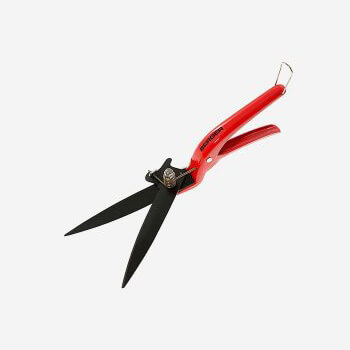ធ្នូ . 15, 2024 20:09 Back to list
Lever-Activated Butterfly Valve for Efficient Flow Control and Easy Operation
Lever Operated Butterfly Valve An Overview
Butterfly valves are essential components in various industrial applications due to their efficiency, reliability, and cost-effectiveness. Among the different types of butterfly valves, the lever-operated variant stands out for its simplicity in operation and suitability for a range of environments. This article provides an in-depth look at lever-operated butterfly valves, including their design, functionality, advantages, and applications.
Design and Functionality
A butterfly valve consists of a circular disc or disc-like body (the butterfly) that rotates around a central axis. This design allows the valve to control flow by either obstructing it or allowing it to pass through. The lever-operated mechanism provides an intuitive way to open or close the valve manually. Typically, the lever is attached to a shaft connected to the valve disc. When the lever is turned, the disc pivots, moving from a closed position (where it fully blocks flow) to an open position (where it allows maximum flow).
Lever-operated butterfly valves are versatile in terms of size and materials. They can be constructed from various metals, plastics, and alloys, making them suitable for different working conditions, including high-pressure and high-temperature environments. They are also relatively lightweight, making them easy to install and operate.
Advantages
One of the primary advantages of lever-operated butterfly valves is their ease of use. The manual lever mechanism allows operators to quickly and reliably adjust the flow of fluids or gases, making them suitable for situations where immediate manual control is needed. They are also generally compact, which saves space in piping systems.
Additionally, butterfly valves have lower flow resistance compared to gate or globe valves. This feature translates into better energy efficiency when used in fluid transport systems, as less power is required to maintain fluid motion.
lever operated butterfly valve

Another notable advantage is their relatively low maintenance needs. With fewer moving parts compared to other valve types, lever-operated butterfly valves tend to have a longer life span and are less prone to wear and tear. Regular inspection and occasional lubrication of the lever and shaft are typically sufficient to ensure optimal performance.
Applications
Lever-operated butterfly valves find utility across various industries, including water treatment, chemical processing, and HVAC systems. In water treatment plants, for example, these valves help regulate the flow of water during purification processes. In chemical industries, they are used to manage the flow of reactive substances, where reliability and durability are critical.
In HVAC applications, lever-operated butterfly valves help control airflow within heating, ventilation, and air conditioning systems. Their quick response times make them ideal for adjusting system performance based on changing environmental conditions.
Moreover, these valves are frequently employed in food and beverage industries, where hygiene and sanitary conditions are paramount. Constructed from stainless steel or food-grade plastic, lever-operated butterfly valves can withstand frequent cleaning and sterilization processes without compromising integrity.
Conclusion
Lever-operated butterfly valves are vital components that integrate efficiency, simplicity, and reliability in various industrial applications. Their design promotes easy operation and maintenance while ensuring low flow resistance, making them particularly advantageous in fluid control settings. As industries continue to evolve, the demand for effective and user-friendly valve solutions, such as the lever-operated butterfly valve, is likely to grow, underscoring the importance of this essential equipment in modern engineering and infrastructure. Whether managing water systems, regulating chemical flows, or ensuring proper air distribution, these valves play a crucial role in ensuring operational efficacy and safety.
Share